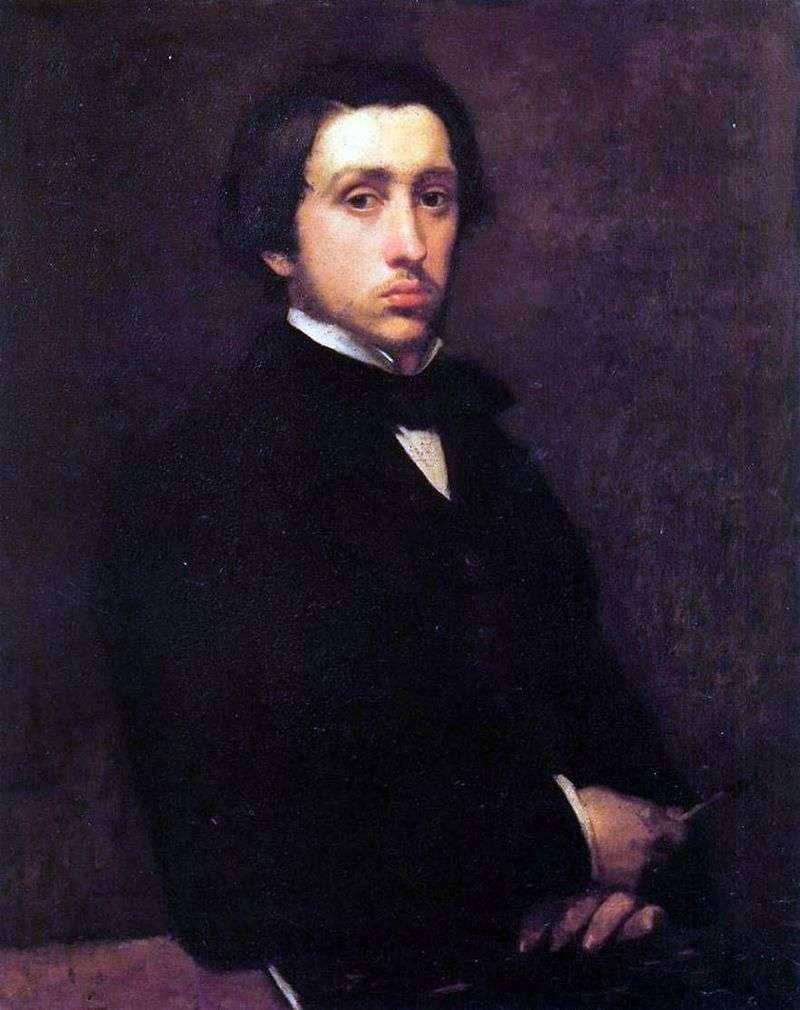
Portraits, as a separate chapter in the work of Degas, were mostly created at an early stage of the artist’s career.
His father, who believed that portraits are the genre that can provide Edgar with an independent financial situation, advised him to develop in this direction.
“Self-portrait”, created in 1855, though it contains an imprint of the influence of old masters, and painted in the framework of traditional compositional techniques, but already highlights the individual style of the young artist.
Degas is depicted in a natural position, and a charcoal pencil in his right hand, emphasizes his connection with the world of art.
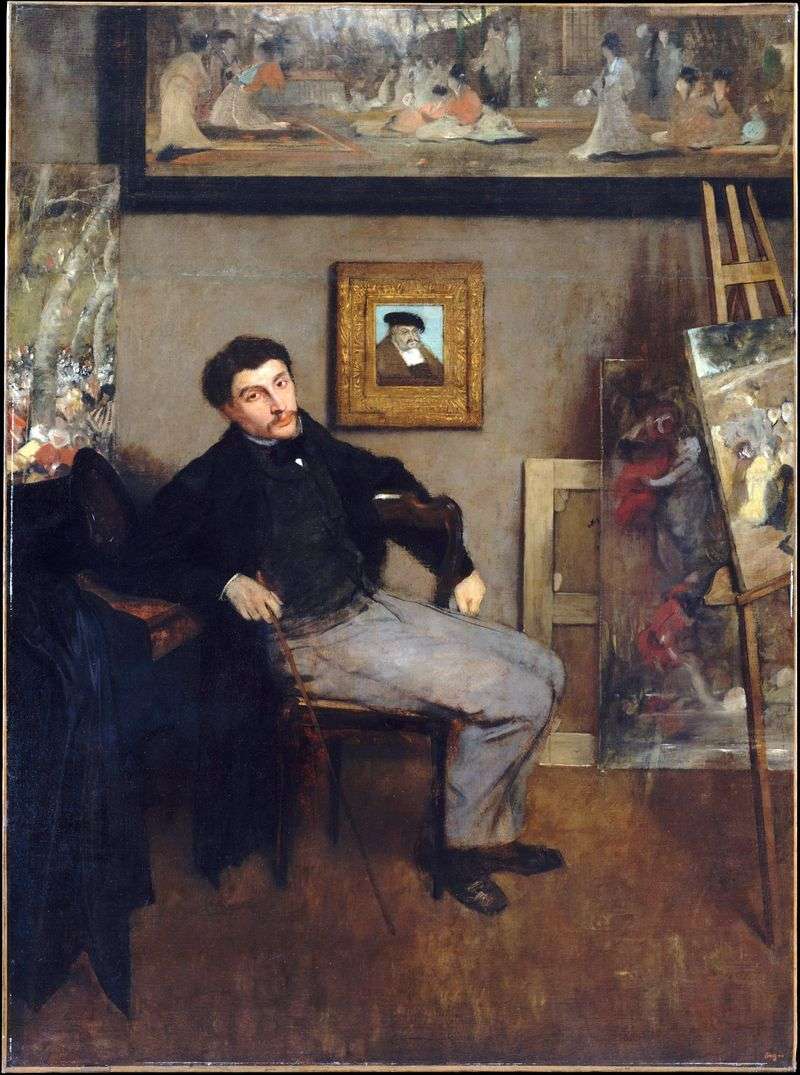 Portrait of James Tissot by Edgar Degas
Portrait of James Tissot by Edgar Degas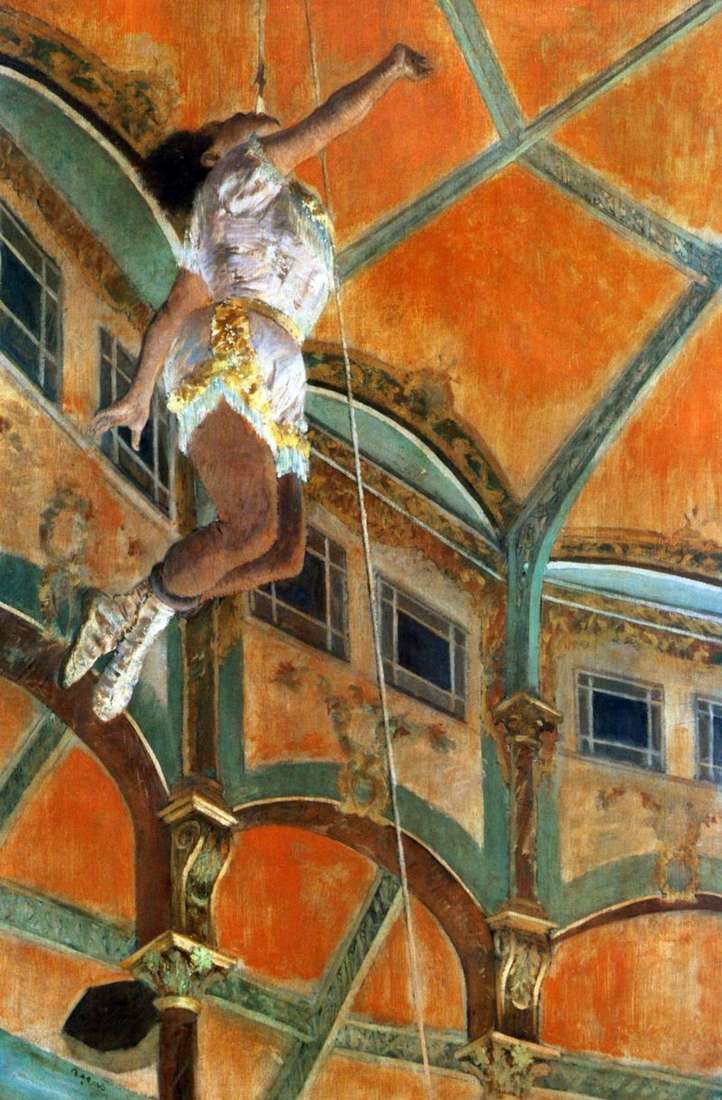 Miss Lala in the circus of Fernando by Edgar Degas
Miss Lala in the circus of Fernando by Edgar Degas Blue Dancers by Edgar Degas
Blue Dancers by Edgar Degas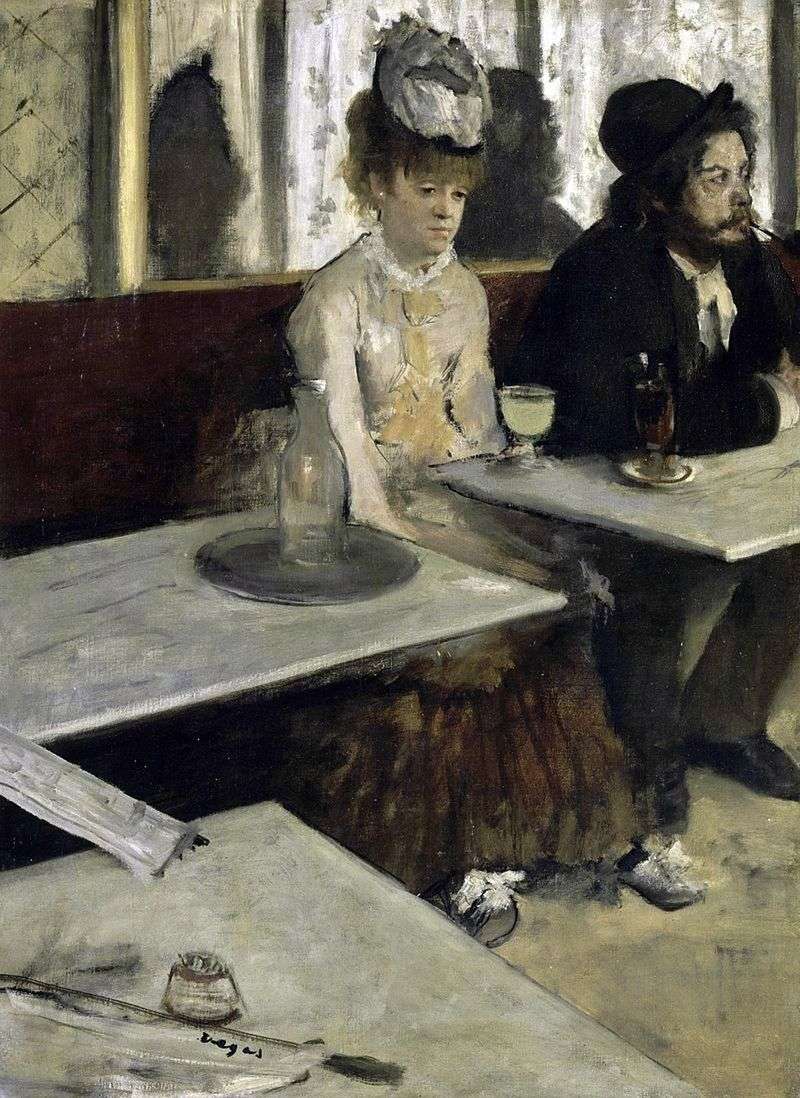 Lover of absinthe (People in the cafe) by Edgar Degas
Lover of absinthe (People in the cafe) by Edgar Degas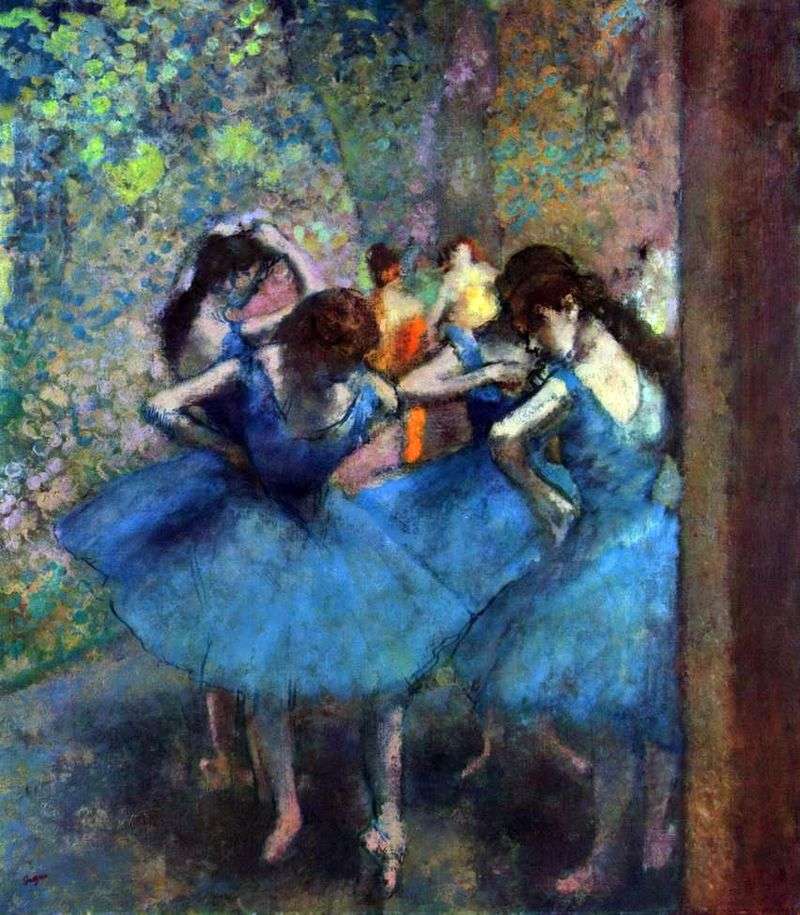 Dancers at rehearsals by Edgar Degas
Dancers at rehearsals by Edgar Degas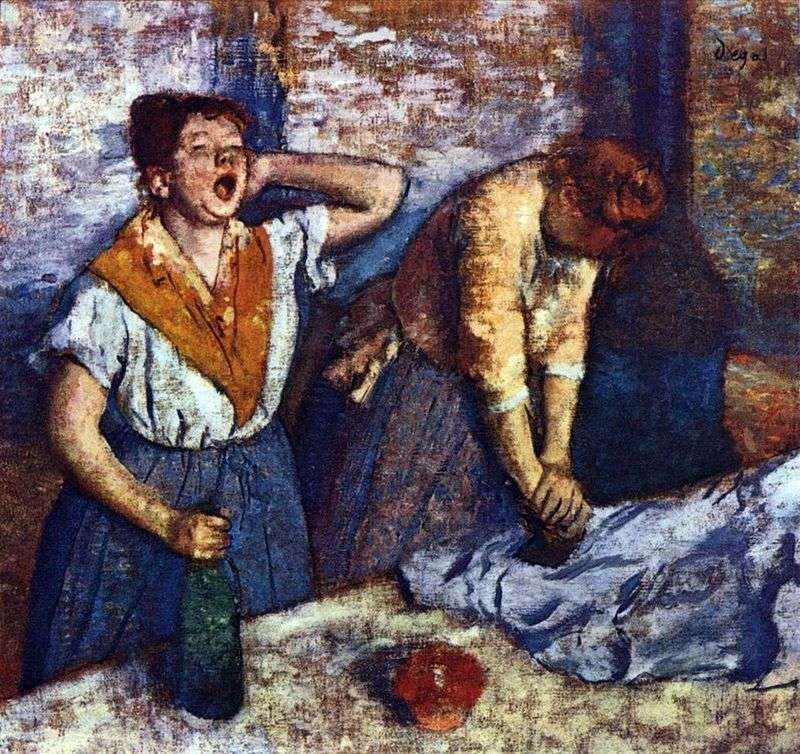 The washerwoman is Edgar Degas
The washerwoman is Edgar Degas Blue dancers by Edgar Degas
Blue dancers by Edgar Degas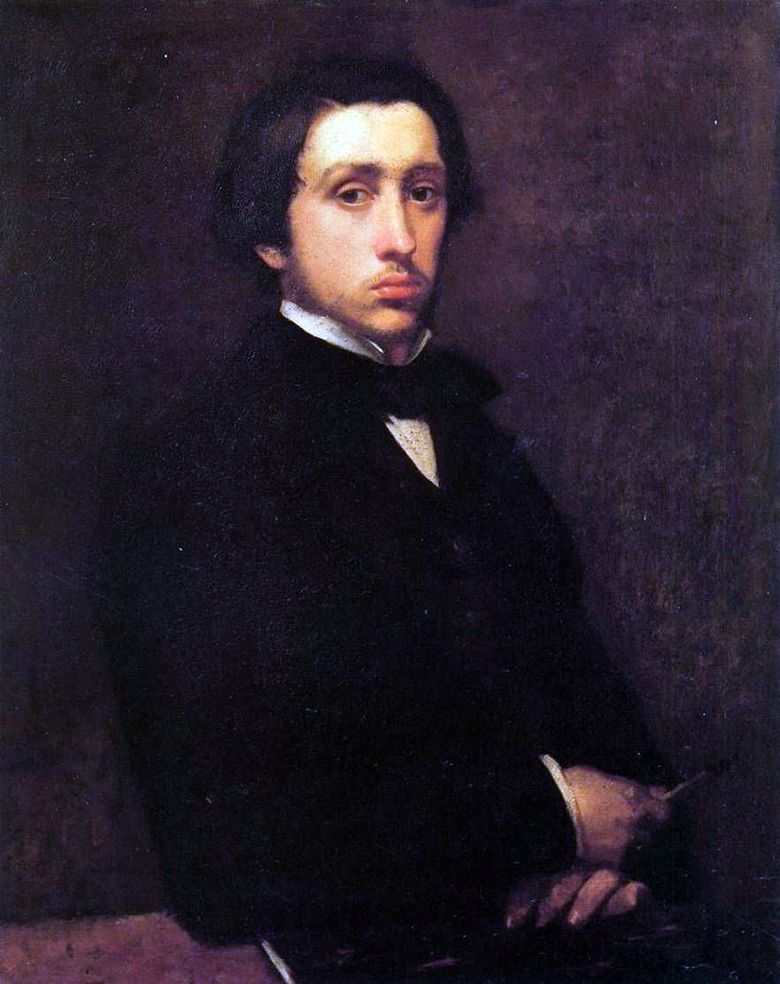 Autoportrait – Edgar Degas
Autoportrait – Edgar Degas